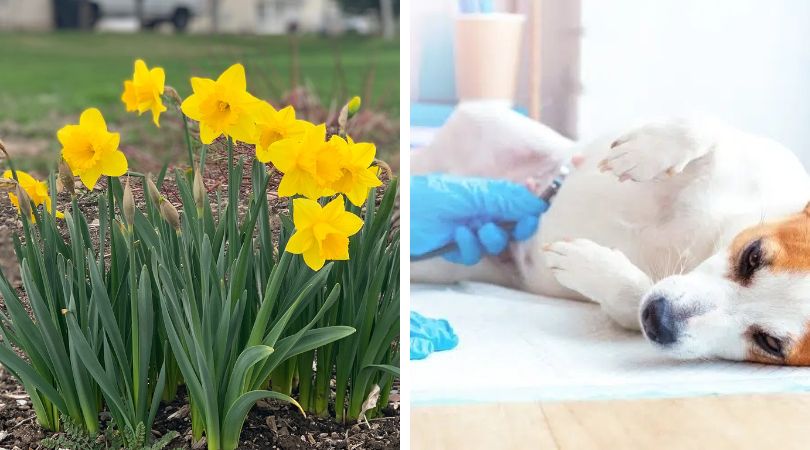You probably have at least one poisonous plant in your garden, which may come as a shock to you. Some just appear out of nowhere and take over your entire yard.
Some species are more covert, dispersing their offspring via birds, wind, and unsuspecting humans in order to invade and supplant native flora and fauna in forested areas.
Some wait for the curious pet to bite before launching a life-threatening attack.
Get to know some of the biggest bullies on the botanical block before you dig another hole for your next plant.
English Ivy
It’s aesthetically pleasing to watch it clamber up a tree or a wall, but it’s not safe. As its name suggests, English ivy (Hedera helix) has a sneaky way of suffocating its host. A common fast-spreading groundcover, it chokes out other plants to form a thick carpet that is uninhabitable to wildlife.
As a vine, it can completely smother a smaller plant, preventing the host from receiving sunlight and eventually dying. Woody plants will likely die from the stress of its weight alone, and it will certainly break branches and/or weaken them.
English ivy, a plant native to Europe and Western Asia, bears tiny black berries that are spread by birds.

Mint
Planting mint in the ground is the best way to ensure a steady supply for the rest of your life. In which case, in a short amount of time, you will have nothing but mint growing there. Quickly reproducing new mint plants can be found at the end of the underground runners that mint sends out just below the soil’s surface.
Mint, if allowed to grow, will eventually form a carpet of underground “ropes” that is extremely difficult to pull up. There’s no doubt that the plant can thrive and multiply if even a tiny bit of the root is left behind. If you don’t want mint taking over your garden, it’s best to grow it in pots and just pull out what you need.

Daffodils
Daffodils, which bloom at the beginning of spring, are a common sight in American landscapes. However, pet owners need to be cautious if they have a dog or cat that likes to dig or eat plants.
Although most of the toxin is concentrated in the bulbs, exposure to any part of the plant can result in nausea, vomiting, diarrhea, or even more severe symptoms like convulsions and heart problems.

Death Camas
The name alone should send up red flags. Native to North America, death camas are frequently encountered in the Plains and western regions where they pose a threat to livestock and grazing animals.
The grass-like leaves sprout from an onion-like bulb and are one of the first plants to appear each spring. There are white flowers with six petals that bloom in late spring. The entire plant is toxic.

Castor Bean Plant
Castor bean plants, with their large star-shaped leaves, add an exotic touch to gardens and containers when they reach a height of six feet or more. The highly ornamental, exploding spined capsules that house the plant’s poisonous seeds are the only safe part of the plant to ingest.
In the garden, the seeds are scattered like a grenade, which could attract pets and children who are looking for something to play with. In the event that seed pods develop, they should be promptly removed. We aren’t saying that you can’t grow a castor bean plant, but caution is advised.


